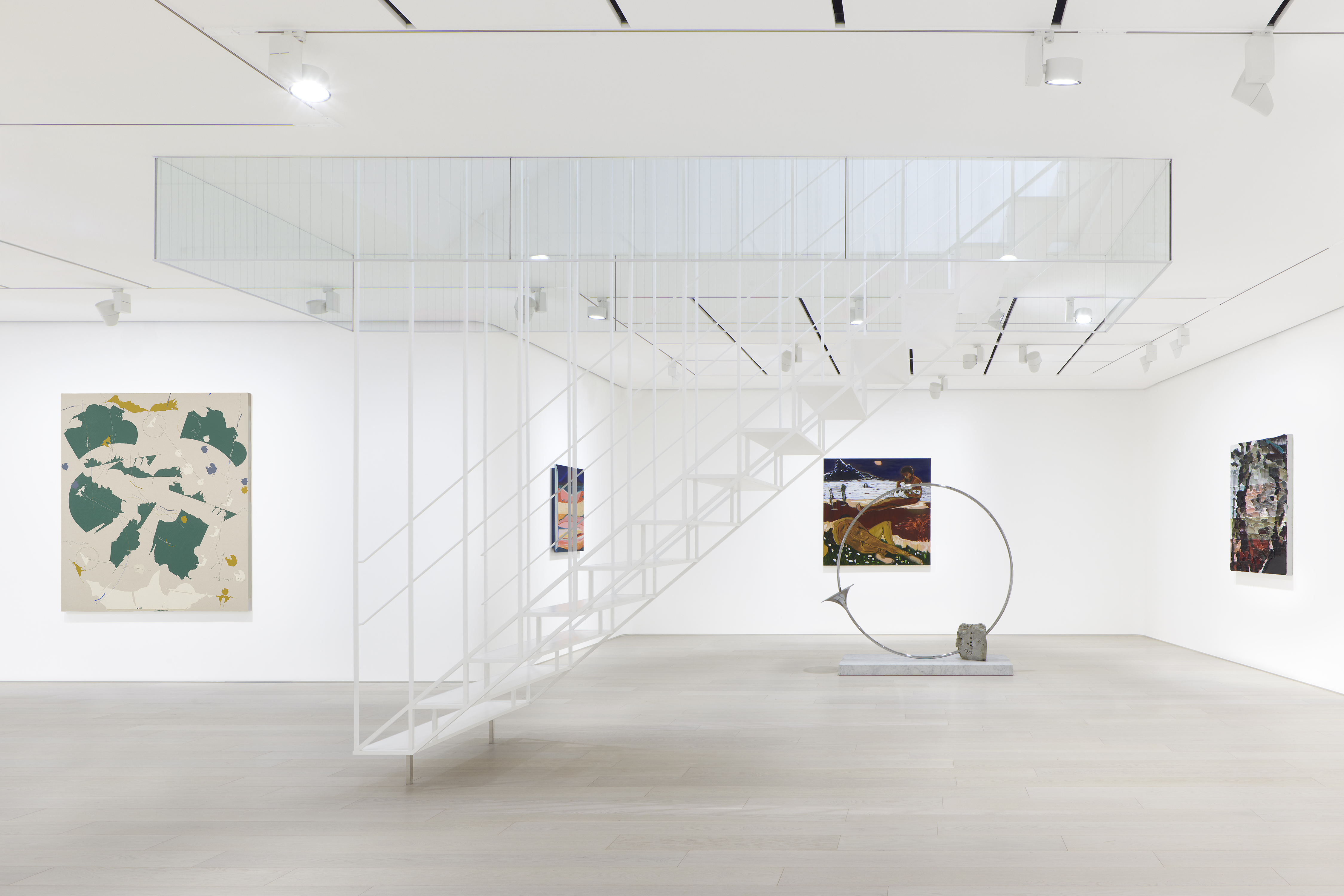
The new art gallery Pace Tokyo brings together simplicity and cleanness; harmony and flow; humans and nature. These are words that crop up regularly in conversations with Japanese architect Sou Fujimoto, who is behind the project.
Surrounded by layers of white and quietly soft curves, an Alexander Calder mobile hovering above his head, he says: 'I like to create real simplicity and cleanness. But this isn’t just a white box. There are subtle interventions that entirely change people’s experience in the space.'
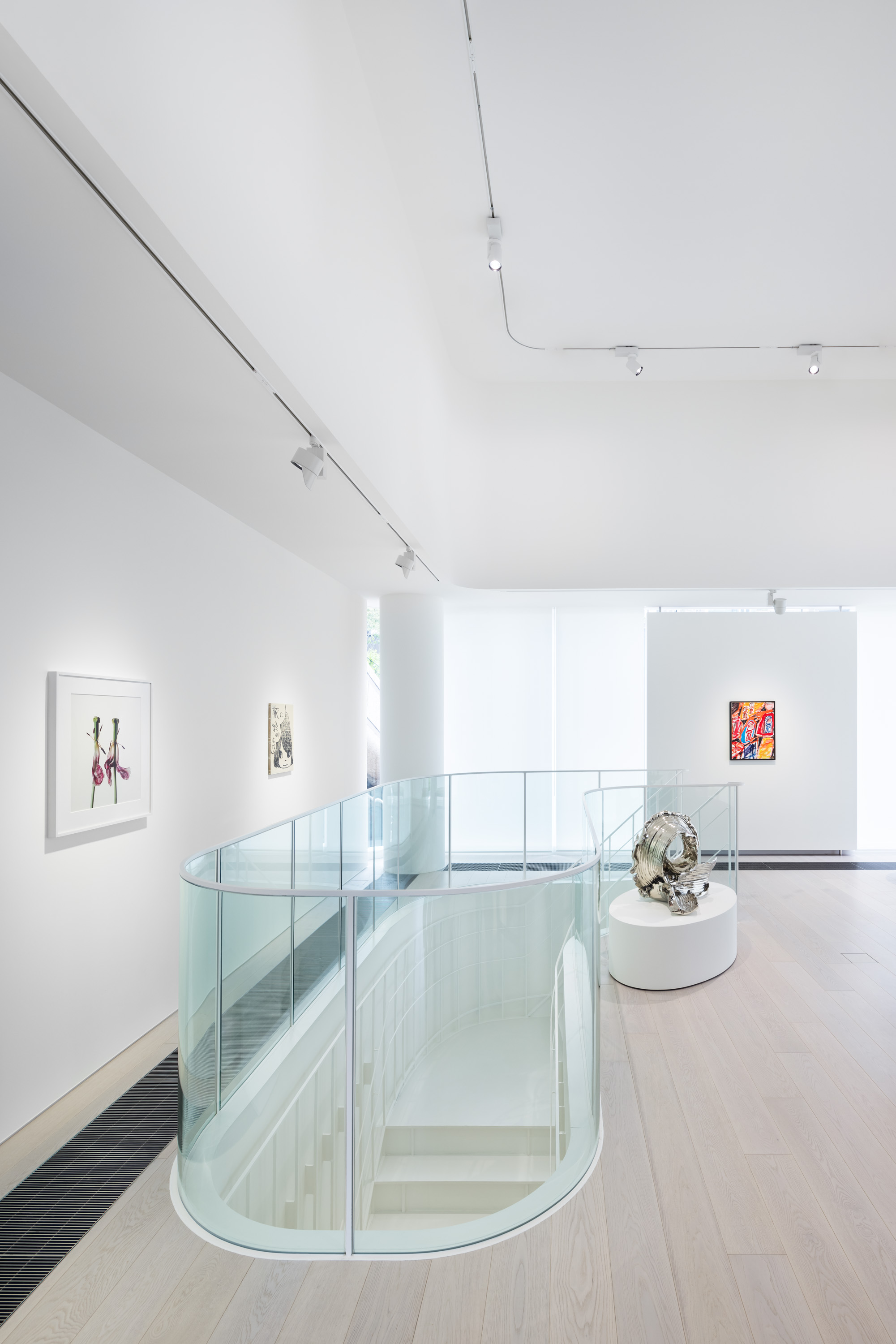
Pace Tokyo: a minimalist gallery experience
Pace Tokyo is the influential US gallery’s first Japan outpost, joining spaces in art hot spots around the world, including New York, Seoul and London. The Tokyo gallery spans around 5,500 sq ft across three levels inside the landmark Azabudai Hills development, contained in an undulating low-rise flow of nature-wrapped structures by London-based Thomas Heatherwick.
For Fujimoto, the design hinges on respect for the art itself, he explains: 'The art pieces are the starting point. But the space is also very, very important.' Key to this is a quietly effective detail: all corners are softly curved, eliminating all angled lines. 'The idea was to create a sense of the experience continuing. There are no corners, it’s more like a flow, guiding visitors through the space,’ he says.
'This is an example of a subtle intervention that changes entirely the experience of people. The art gallery elements are quite minimal – but the moment you have a curved, rounded corner, it changes everything.'
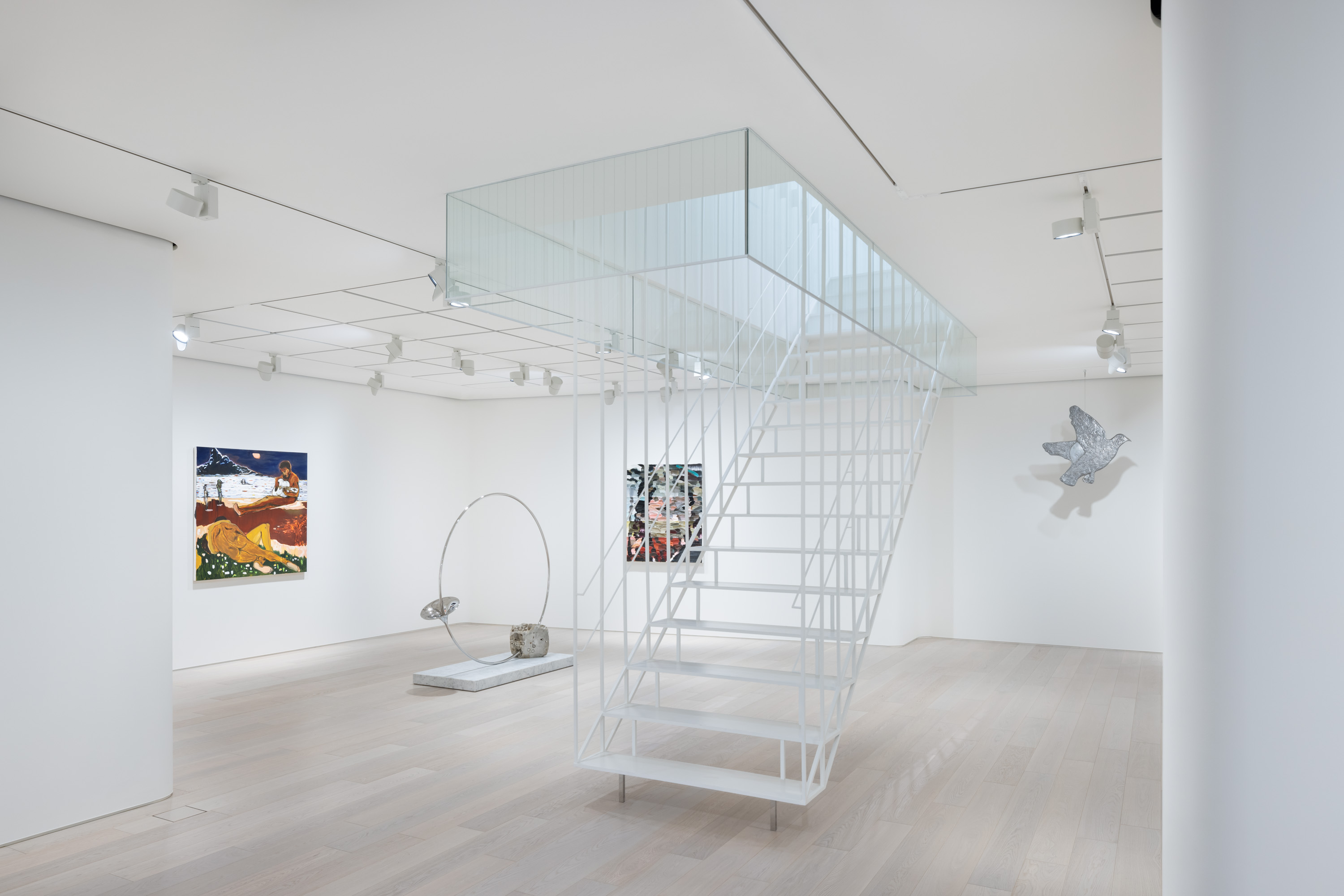
Pace Tokyo’s journey begins at ground level. A glass-fronted space is accessed directly from Sakurada Dori, a new street running through Azabudai Hills – and stepping inside, Tokyo’s dynamic tempo immediately slows to a more contemplative rhythm.
While Pace Tokyo will officially open in September 2024 with a show by Californian artist Maysha Mohamedi, for its pre-opening, a curation of works by mainly overseas artists was presented – from a circular form by Torkwase Dyson to the light-reflecting greens of a CD sculpture by Tara Donovan.
Amid the art, Fujimoto’s layered minimism slowly shifts into focus – the blend of white-on-white and softly-rounded corners, plus one expanse of wall curved into the ceiling, evoking a temple-like atmosphere.
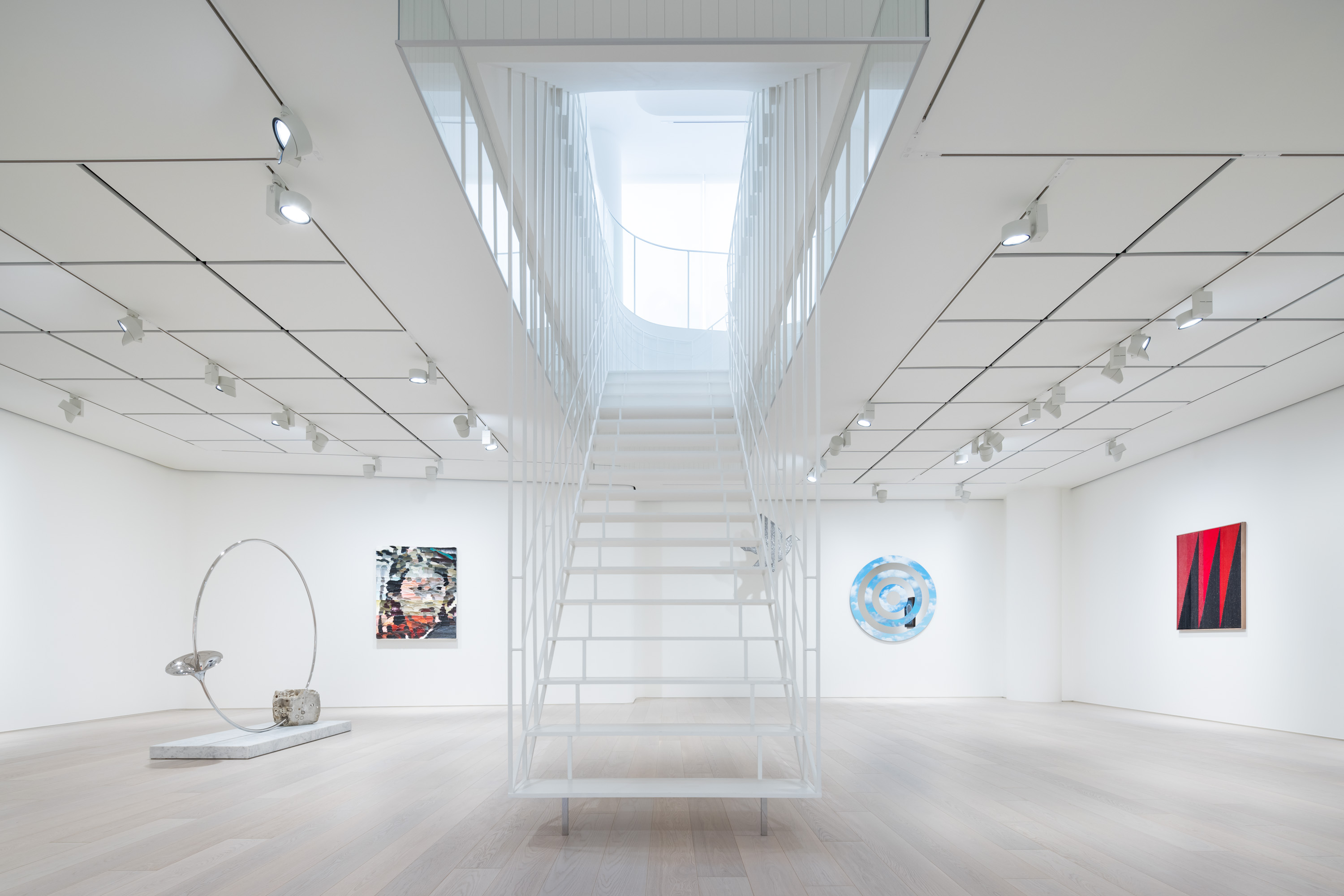
'This is Pace’s first time in Japan, so cleanness and simplicity are very important elements,' says Fujimoto. 'In Japanese culture, nothing is fixed. Everything is slowly moving and circulating – energy, wind, pictures, people’s lives are all harmonising and flowing.'
The atmosphere continues in the gallery’s upper two levels, self-contained and accessed via an internal Azabudai Hills escalator. The first floor is a key hub, with further layers of curved corners harmonised with white-stained wood floors alongside works by artists including Richard Pousette-Dart and Jules de Balincourt.
The centre stage is a highlight: the apparently floating form of a light-hanging staircase made up of geometric lines of thin white steel, creating a transparent connective flow to the top level. 'We didn’t want to block the view of the gallery,' says Fujimoto. 'So to make it transparent, we thought a hanging staircase would work best. It’s very thin and light and touches the floor at only two points underneath, so it is almost floating.'
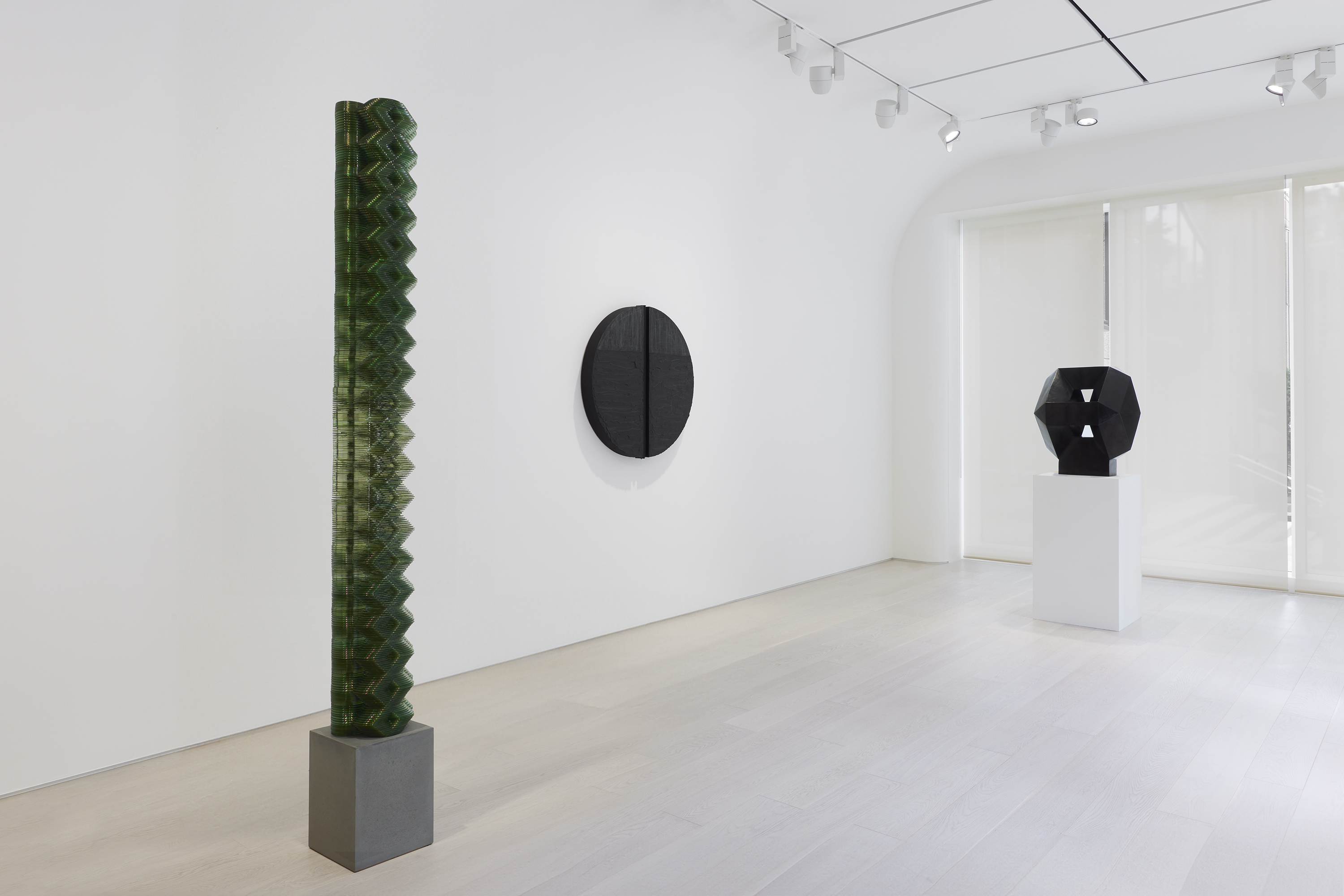
'As everything is quite flat on the gallery surfaces, we thought the lines of the staircase would make a nice contrast and harmony. We wanted the experience of walking up to the top floor to be very special.' The top level has a more intimate atmosphere for meetings and events, with double-height ceilings and windows with minimalist white blinds, and a small kitchen area, flowing into an outdoor terrace.
Seated here, Fujimoto reflects on the cosmos of whites in his work: 'I don’t always stick to white. But it does have a beautiful meaning to me. I grew up in Hokkaido in northern Japan and in wintertime, there is snow and everything is completely white. At the same time, I learned throughout my childhood days that white is not just white – there are many different whites. That gives white an extra meaning to me. Also, in Japan, white has a special meaning – it’s pureness and paper and emptiness in a sense.'
Nature, another key ingredient in his creations, also manifests itself through the subtly of details. 'Japanese traditional culture always tries to reinterpret nature in its design. And every time subtleness has been key. It isn’t about a direct expression of nature in architecture – it’s more about designing the air itself. It’s not aggressive – everything is soft and simple and flowing.'
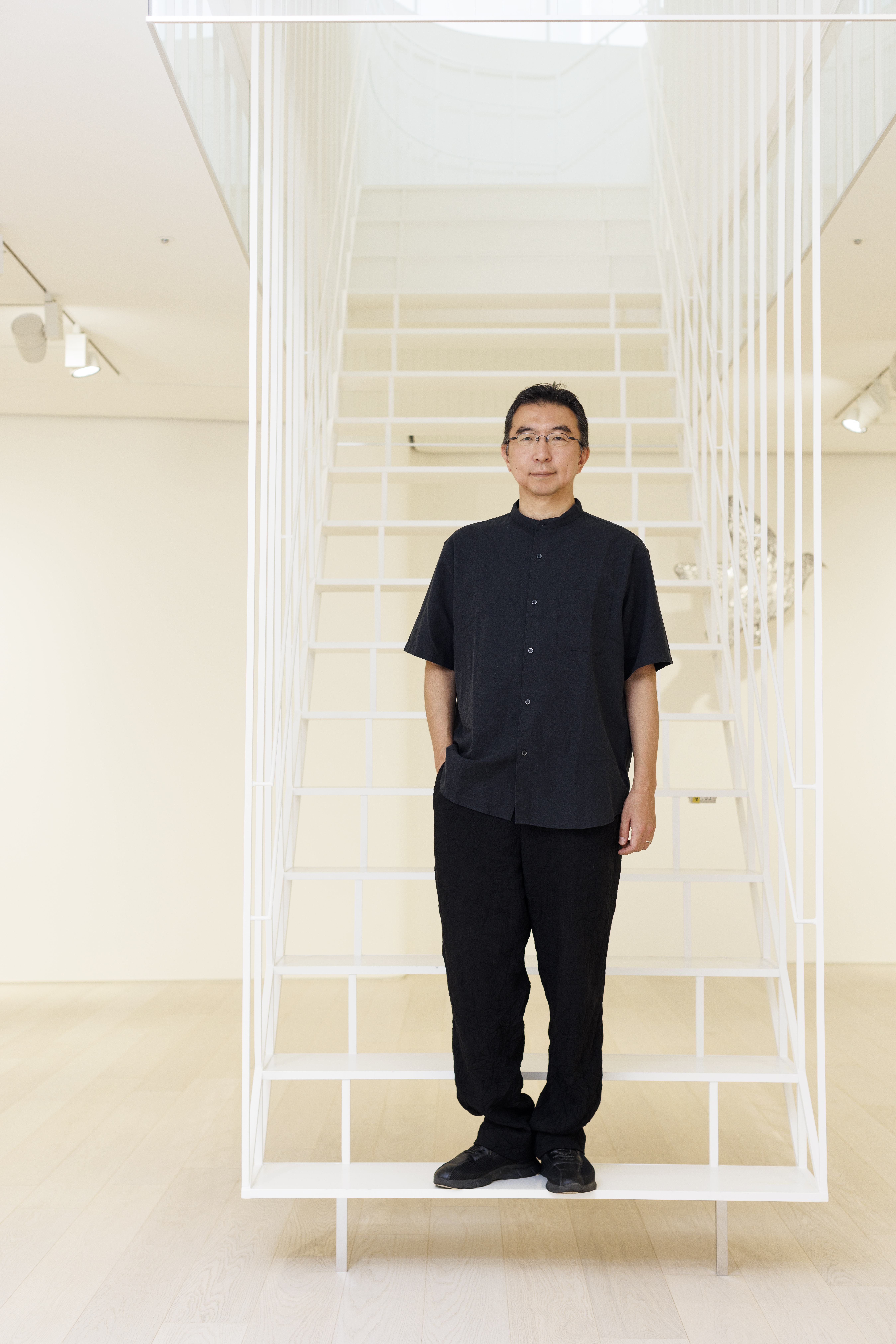
Highlighting the delicate balance that underpins a gallery space, he adds: 'Because this is a place for art and people, I didn’t want to make the architecture too expressive, too selfish – but at the same time, it should not step back too much. It should have a beautiful harmony and sense of co-existence – between architect, art and of course people. That’s why the subtle design details are really special and important.'
For Marc Glimcher, CEO of Pace Gallery – which is also currently staging an exhibition of Alexander Calder’s work in neighbouring Azabudai Hills Gallery – Fujimoto was a clear fit for understanding the sensitivities of designing a gallery: 'With Sou, it’s not about making a statement. He came up with simple idea to unspool the wall like a continuous scroll. It’s so simple but something I had never seen before.'
While Pace represents a cornucopia of Japanese artists, from Yoshitomo Nara and Kohei Nawa to teamLab, the new Tokyo gallery aims primarily to introduce overseas artists to Japanese audiences.
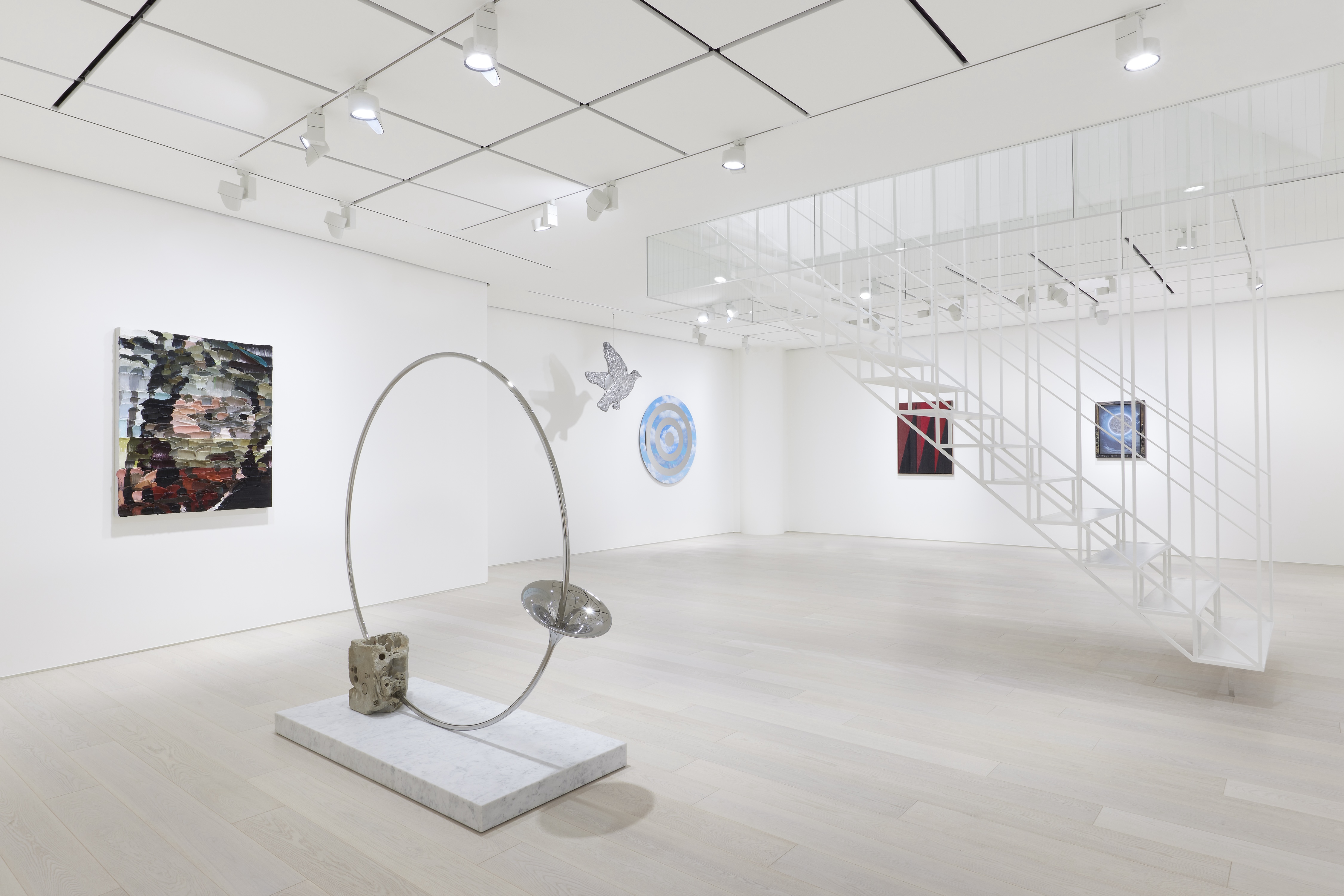
Highlighting the appeal of opening in Tokyo, Glimcher adds: 'Japanese aesthetic culture is one of few essential ingredients in the history of modernism. And then on the business side, by some measures, Tokyo is the biggest city in the world, it’s an incredibly rich city.
'A lot of people are drawn to the stability and beauty and amazing qualities and best food in the world in Tokyo. And in the last three years, everybody is coming to Tokyo.'







